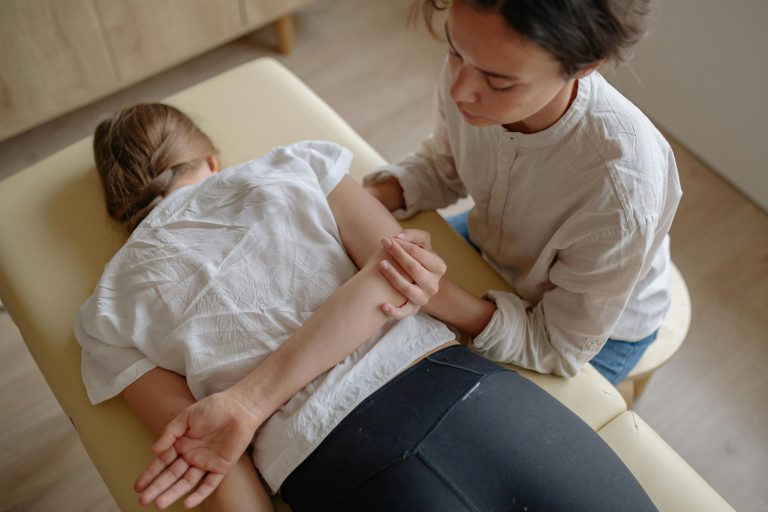There is a lot more that goes into clear aligners than meets the eye. Its making, manufacturing and even its implementation is very different to the standard metal brace. But this does not mean it is not without its own complications. Here, this article will look at how it feels to use Invisalign London every day and what you can do to manage any unpleasant sensations.
How it feels compared to standard braces
The standard metal fixed brace is the most common orthodontic tool, being used in medical practice for nearly 100 years. It has shown itself to be effective, but not without its drawbacks. Although it may have gained a cult chique, wearing a brace is unlikely to be the desired outcome, irrespective of the patient’s age.
Brace like orthodontic tools move teeth by applying force consistently. This is achieved by storing tension in the arch wire, which is slowly dissipated as the teeth move. This arch wire needs re-tensioning every 2 to 6 weeks at your local clinic, at which time the progress will be monitored and the brace adjusted.
With this comes the general discomfort of daily braces use, which will be particularly acute after an adjustment.
Dealing with discomfort at home
When you start a new aligner in the sequence, a degree of tightness should be expected. It usually fades in the first few hours as the sensation becomes normalised, until your teeth have taken on a new position. At which time you have to switch to the next aligner in the sequence. Most patients can manage this discomfort with over the counter pain relief. If you take out your aligners regularly, you significantly slow down the treatment time as well as provide the opportunity for your teeth to regress into their earlier positions, repeating the early discomfort. Consistently wearing your aligners can be one of the best ways to make the treatment as comfortable and short as possible.

You can use ice-cold water and ice cubes to numb dental soreness whilst wearing an aligner. It is not recommended to wear aligners whilst eating, but water is tolerable. If you do not experience temperature sensitivity, ice cubes can give an excellent short-term relief to sore spots along your dental arch.
Pain tolerance is not only subjective from person to person, but it can also occur at different times of the day. Some people find being in a busy social activity makes it easier to ignore discomfort, others find it easier to ignore discomfort at night. Either way, plan when you change your aligner for when you’re most capable of tolerating the discomfort, as this can be a very useful workaround.
When to contact your local clinic
Complications can happen, and this is what makes a partnership with a local clinic so important. Thus, making sure that your orthodontic care comes with the supervision of a fully qualified practitioner. Prolonged pain that is aggravated when biting down, or any of the signs of infection like local soreness, bleeding and persistent ulcers need to be reported. Many surgeries are happy to provide general triage advice over the phone and book you in for an appointment if symptoms are severe and intervention is required.






